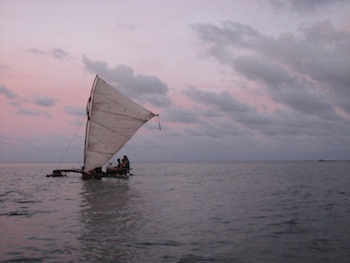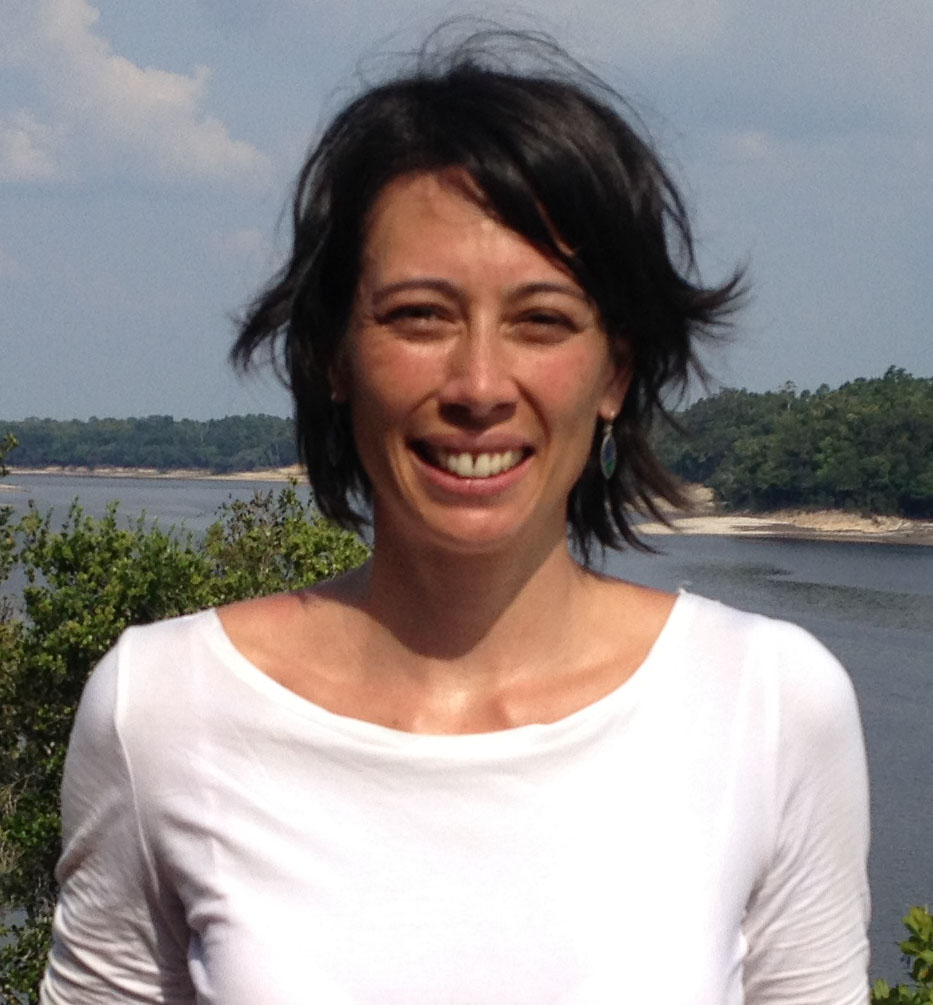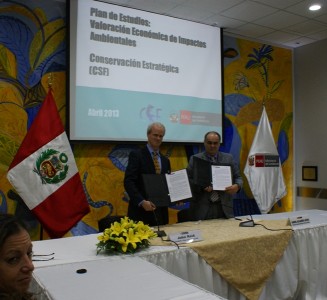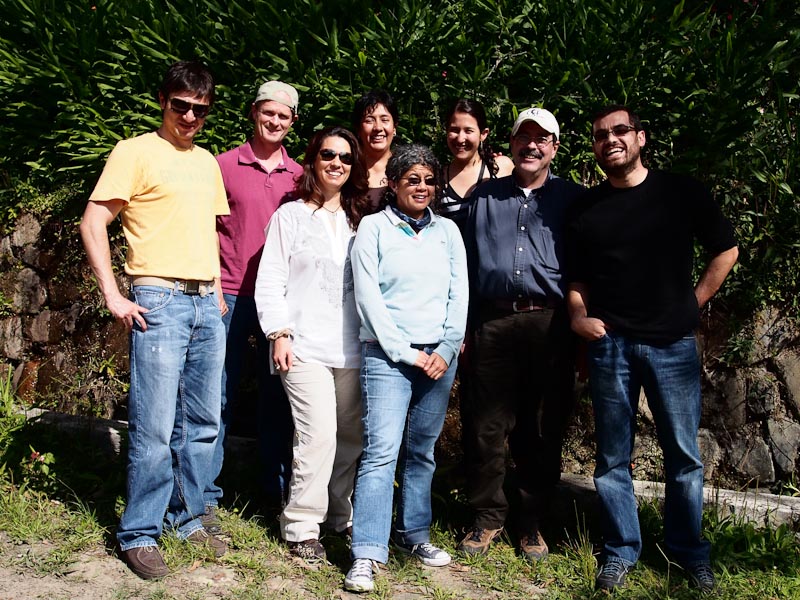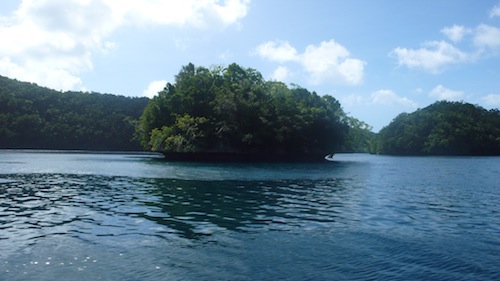News
In April I had the unique opportunity to facilitate a one-week scenario-building workshop on the beautiful island of Yap in the Western Pacific. Yap is one of four states in the Federated States of Micronesia (FSM), and lies in the far western part of the Pacific Ocean, close to Guam and Palau. We were invited by the Yap State Chamber of Commerce, who is working to guide and support Yap’s development amidst a sea of uncertainty and change. One of the Chamber’s members, Berna Gorong, attended our Economic Tools for Conservation in Micronesia in Pohnpei in March of 2012.
CSF welcomes Susan Edda Seehusen, our new Executive Director of CSF-Brasil. Since May 2013 she has been working in CSF-Brasil's new office in Rio de Janeiro. She brings to the team five years of experience with German development cooperation organizations (GFA Consulting Group, GIZ and KfW), where her work focused on natural resource management in tropical forest regions, economic instruments for environmental protection, payment for ecosystems services and the economics of ecosystems and biodiversity.
On April 29, CSF signed a convenio marco - an umbrella collaboration agreement - with Peru's Ministry of Environment (MINAM). For more information about this exciting partnership, click below:
http://www.minam.gob.pe/index.php?option=com_content&view=article&id=24…
People, Roads, and Gorillas in Southwestern Uganda
Two new exciting opportunities could give you the chance to be a part of the equation saving millions of acres worldwide.
I am pleased to write an update on the activities and conservation initiatives that I have been working on after attending Conservation Strategy Fund’s 2012 course, Economic Tools for Conservation, in Stanford, CA.
February was a month of non-stop travel for me. Having just started working with CSF I got shipped off on a whirlwind tour of Micronesia and Bali. Not a bad start I suppose!
Richshaw Bagworks Founder and CEO, Mark Dwight, has always cared for the environment. The company prides itself on minimizing waste in its local San Francisco facility, and Mark's personal passion for cycling inspires many of its products. Everything from custom messenger bags to iPad covers to baby changing kits are guaranteed to be locally produced, eco-friendly, and durable, not to mention stylish! Rickshaw has donated hundreds of its iconic custom “Zero Messenger Bags” (inspired by the power of “zero” waste) to CSF global trainees since 2010. The company has also hosted CSF supporters for fundraising auctions and factory tours.
Conservation Strategy Fund and Duke University have launched a collaborative partnership to create a Conservation Economics Initiative. The Initiative will make economics training more readily available to conservation professionals around the world by combining the academic capabilities of a university leader in the environmental field with CSF’s agility and experience in delivering training to conservation practitioners.
The initiative will improve the quality and quantity of training currently available, develop new course content, and connect Duke faculty and students with environmental practitioners in developing countries.
The Conservation Economics Initiative will
• Develop cutting edge curriculum for conservation economics.
Conservation Strategy Fund has been training conservationists, natural resource managers, and policy-makers in the language of economics for nearly 15 years. Hear first-hand what our course participants and instructors have to say about why CSF's training programs are effective and make a big difference for conservation.

